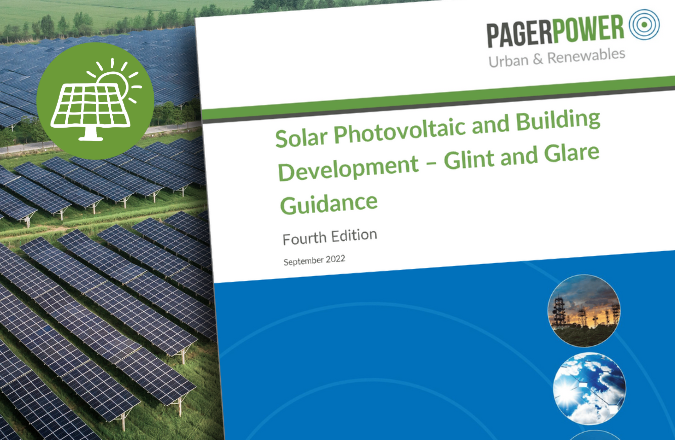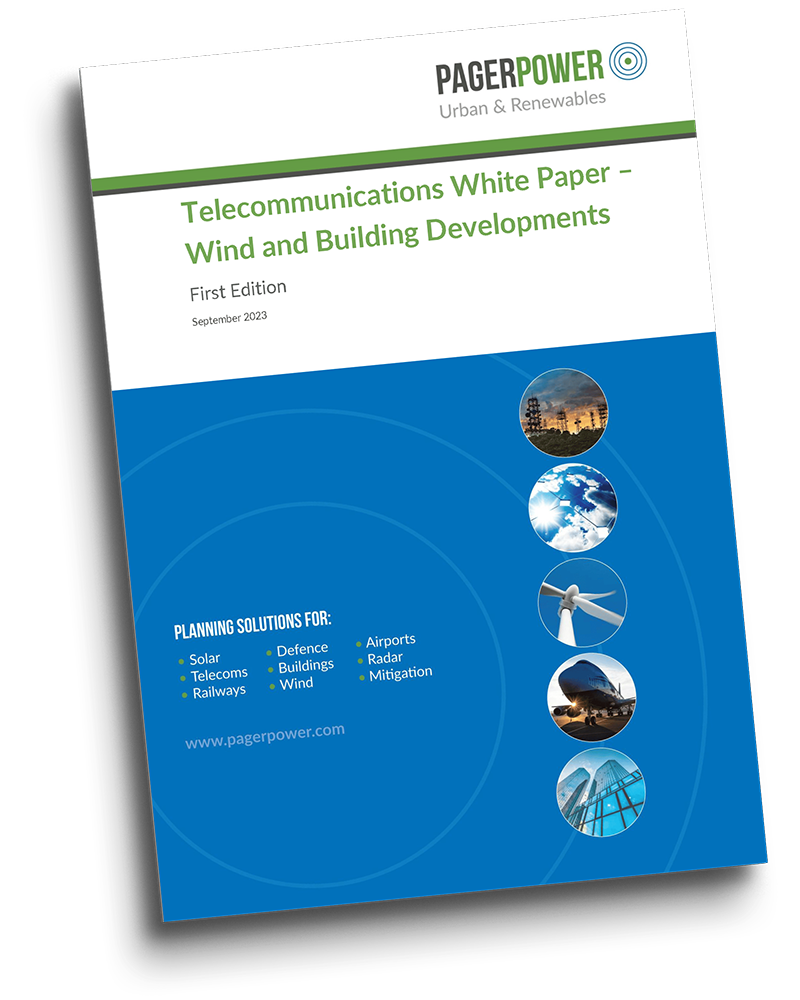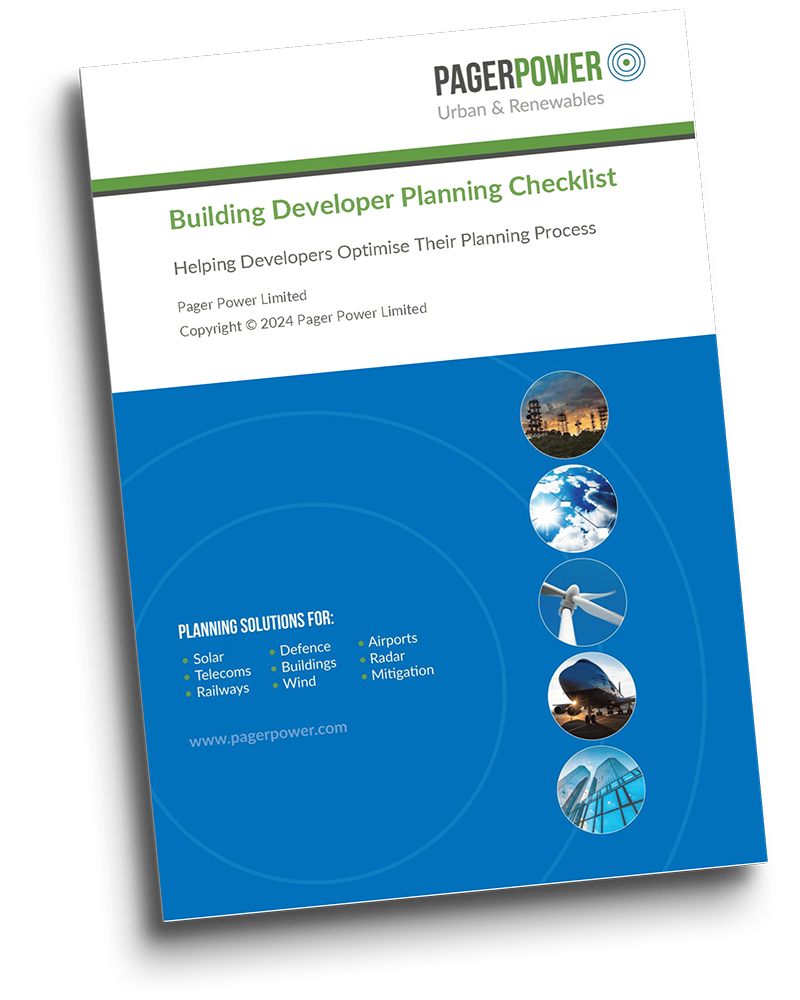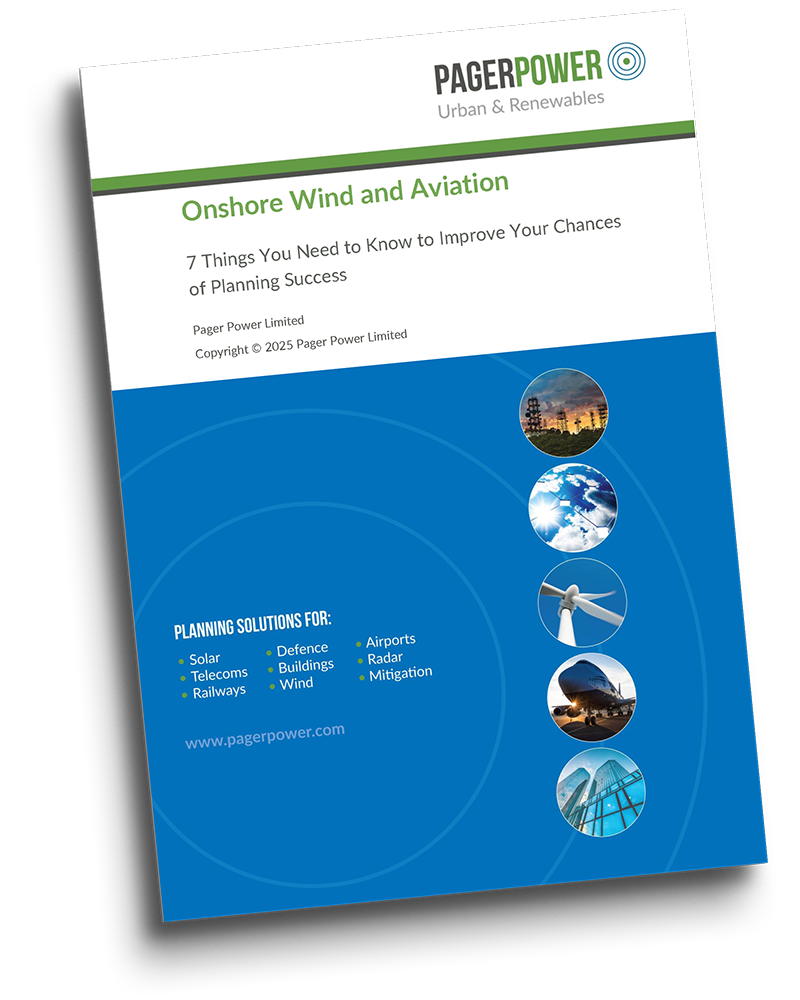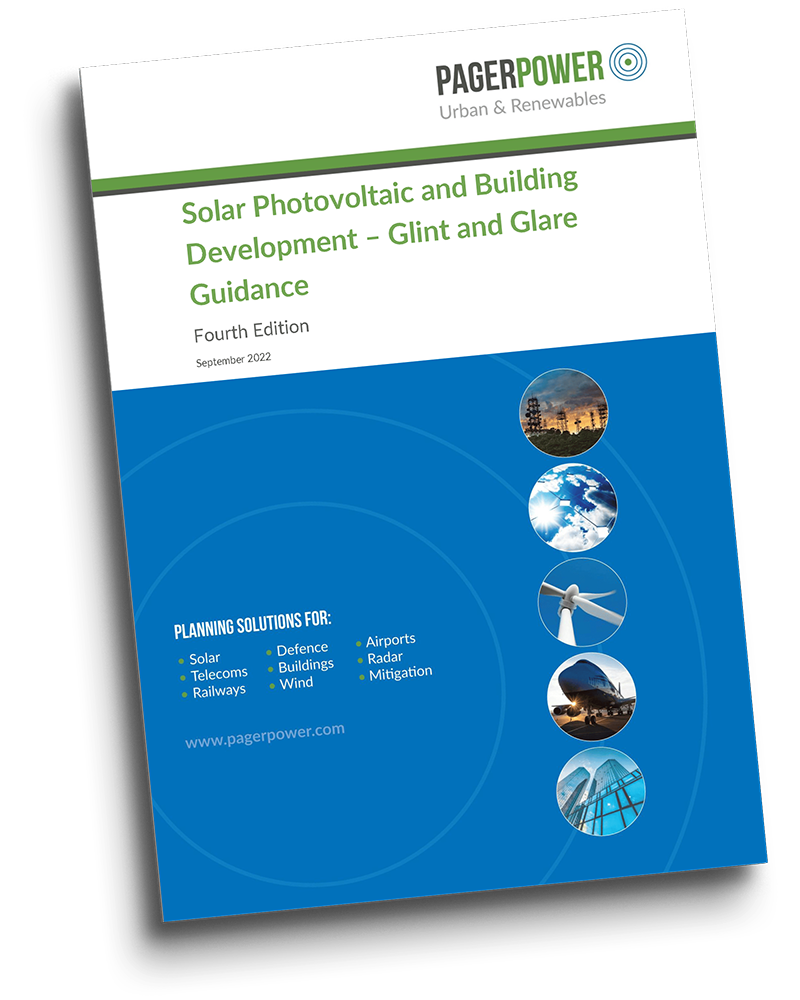Obstacle Limitation Surfaces Series: An Overview of Guidance
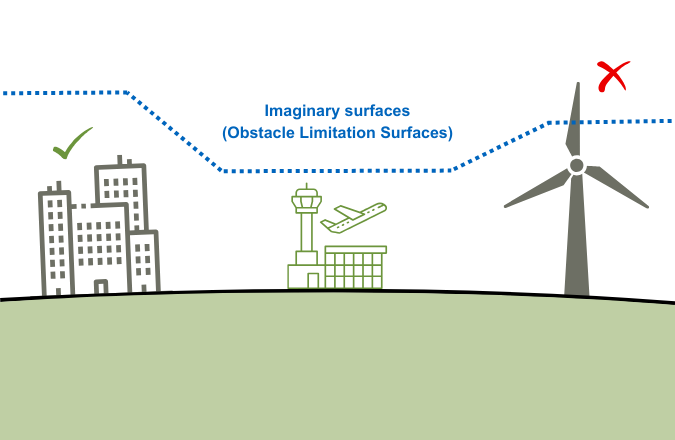
Overview
The following article series presents an overview of the guidance surrounding Obstacle Limitation Surfaces (OLS) for aerodromes around the world. Key similarities and differences from each guidance document are highlighted. The article will be updated over time with new summaries of OLS guidance from around the world.
What are Obstacle Limitation Surfaces
In order to protect aircraft against potential collision risk, it is necessary to implement rules regarding tall structures surrounding aerodromes.
This is done via the implementation and safeguarding of Obstacle Limitation Surfaces or Protected Surfaces, which are imaginary planes defined in 3D around the aerodrome which must not be infringed. This is illustrated in the figure below.

Figure 1: Relevance of Obstacle Limitation Surfaces.
Obstacle Limitation Surfaces are established around aerodromes all over the world for safeguarding. Various guidance documents are now discussed in turn following a description of each surface type.
Types of protected surfaces
The most common types of protected surfaces are listed below.
- The Approach Surface
- The Take-Off Climb Surface
- The Inner Horizontal Surface
- The Conical Surface
- The Outer Horizontal Surface
Other Surfaces: There are other slightly more complicated surfaces, which are constructed in close proximity to the runway. These are not discussed at length here.
For a full overview of each protected surface and what it entails, please see this article.
Countries and their safeguarding guidance
Different countries, and organisations within them, use variations of Obstacle Limitation Surfaces guidance. The two guidance documents reviewed in this edition are listed below:
- UK Civil Aviation Authority (CAA): Civil Aviation Publication (CAP) 168.
This guidance document covers the majority of licensed aerodromes in the UK, such as London Heathrow and Manchester Airport. - UK Military Aviation Authority (MAA): Manual of Aerodrome Design & Safeguarding (MADS).
This guidance document is applicable to all military aerodromes in the UK such as RAF Northolt.
Key Variations
UK CAP 168 to UK MADS
Both being in the UK, the documents provide similar guidance however, in the case of MADS, the criteria are slightly more stringent compared to CAP 168. For example the Outer Horizontal Surface for a civil aviation runway with a length of 1,860m or more is 150m above the lowest runway threshold. In the case of a similar runway used by military aircraft the height would be 145m. Hence, an obstruction having a height of 147m would breach the military criteria but not the civil ones (assuming the ground height at the obstruction is the same as the lowest runway threshold height).
Conclusions
Failing to consider Obstacle Limitation Surfaces can jeopardise the development of a project. It is therefore important to understand the Obstacle Limitation Surfaces for aerodromes and how they vary from country to country and different organisations between them.
This article will be updated over time with reviews of other Obstacle Limitation Surface documents and how they vary.
References
Civil Aviation Publication 168, chapter 4, Issue 10 – 02/14. Civil Aviation Authority.
Manual of Aerodrome Design & Safeguarding, chapter 5, Issue 3 – 01/04/10. Military Aviation Authority.

